How to Maintain Your Garden? 10 Ways
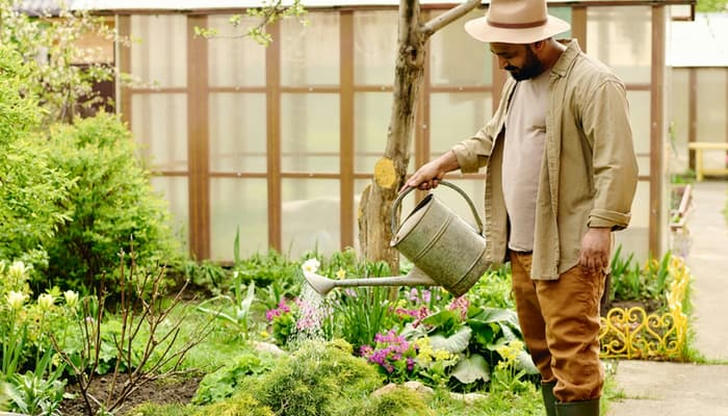
Gardening encompasses much more than simply placing plants in the ground. As a gardener, it is essential to tend to your plants after they have been planted, ensuring they receive sufficient water and nutrients, appropriate support, and that they are not competing with other plants or weeds.
Proper maintenance of your garden can enhance the quality and lifespan of your plants, fruits, and vegetables. Most plants need several hours of direct sunlight, but various plant species demand different amounts of attention. To ensure your outdoor plants and lovely flowers endure the seasons, it's essential to understand the proper methods for tending to your garden.
How to Care for Your Garden?
Caring for plants can be straightforward if you understand the essential aspects. Here are several important tips for ensuring a lively and flourishing garden:
1. Water Properly
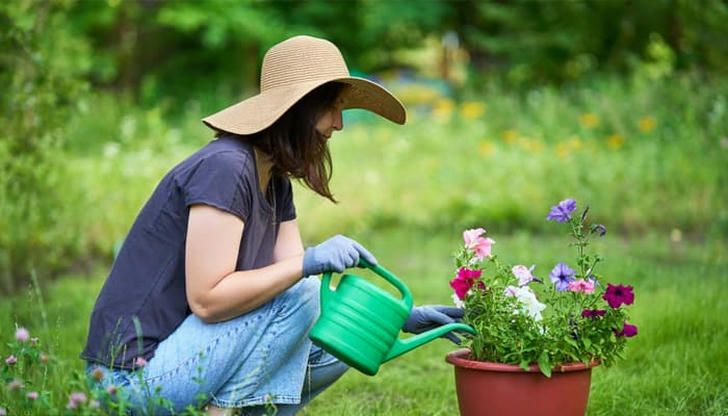
Caring for your garden significantly involves the practice of watering plants. Through a process called transpiration, plants lose moisture from their leaves, making it essential to maintain adequate soil moisture for their roots to absorb.
In warmer weather, soil moisture also tends to evaporate. Consequently, it is necessary to water the soil more frequently during hot summer days compared to cooler spring or autumn days, and in sunny locations more than in shaded areas.
2. Enhance the Soil
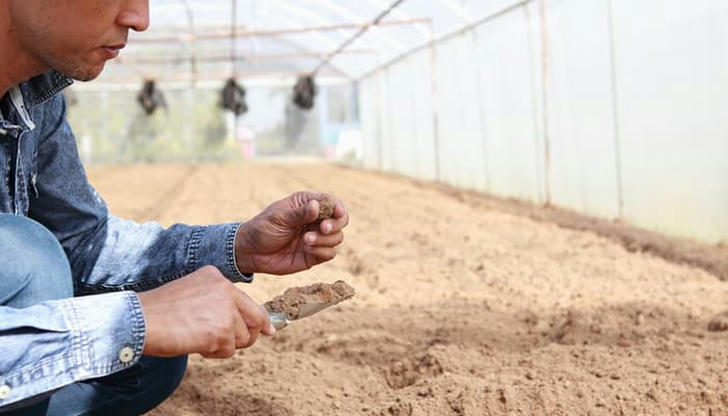
Over time, soil can deteriorate and requires periodic rejuvenation. You can purchase fresh soil from a nearby garden center, so it is essential to assess the quality of your garden soil and replace it as needed. Additionally, applying mulch can help retain moisture in your garden soil. Mulching not only suppresses weed growth but also contributes organic matter to the soil as it breaks down.
Another effective way to maintain a healthy garden is through fertilization. Depending on the specific plant species you are cultivating, ensure you use the appropriate type and amount of fertilizer, applying it correctly to avoid putting undue stress on your plants.
3. Pruning Your Plants
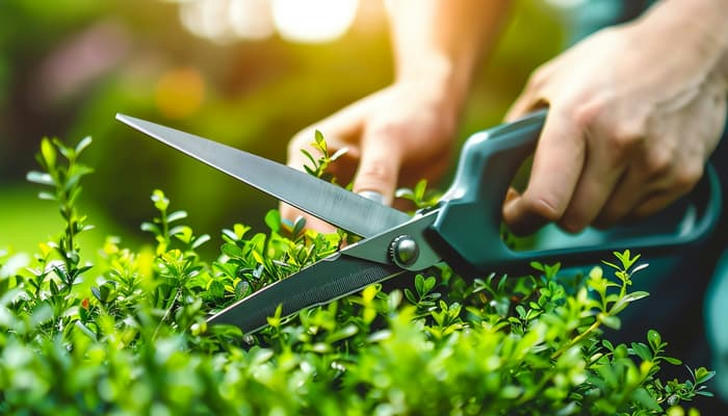
Although certain shrubs and trees can thrive without intervention, the majority will need to be trimmed or pruned at various stages. Pruning involves the removal of specific sections of a plant to control its growth, shape it in a desired manner, promote the production of fruits, flowers, or stems, or eliminate any dead or unhealthy parts.
Many novice gardeners may feel intimidated by the idea of pruning their plants. However, pruning is neither challenging nor intricate. Often, simply eliminating dead, diseased, broken, overlapping, and congested branches is sufficient for the health of many plants.
4. Protect from Animals
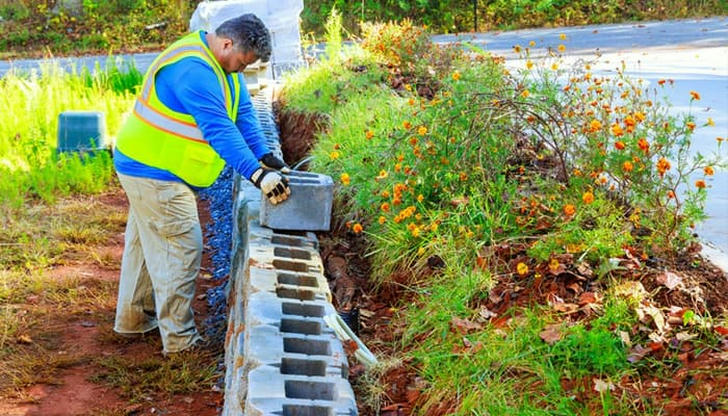
Install a barrier around your garden bed, such as a wire fence, to prevent herbivores, small animals, and other garden pests from damaging your plants. Wire fencing not only protects your garden but also allows for visibility and sunlight exposure, unlike traditional fencing, which may obstruct direct sunlight.
5. Feeding the Plants

Plants can be nourished using either organic or inorganic fertilizers. Organic fertilizers are derived from plant or animal sources and offer the added advantage of promoting the activity of earthworms and beneficial soil bacteria, thereby enhancing the health of both the soil and the plants. Examples of organic fertilizers include nettle or comfrey extracts and well-composted manure. In contrast, inorganic fertilizers are composed of synthetic chemicals.
6. Properly Clean Your Gardening Tools
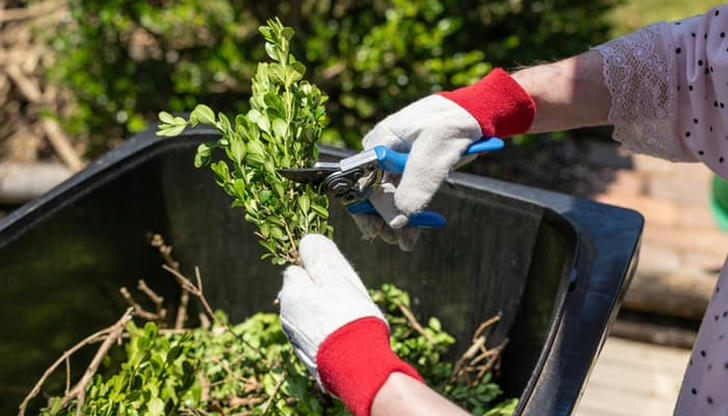
It is essential to clean garden tools to manage diseases and prevent the introduction of bacteria or harmful substances into your garden. Alongside other gardening practices, maintaining clean tools contributes to the prolonged health of your garden.
7. Deadheading
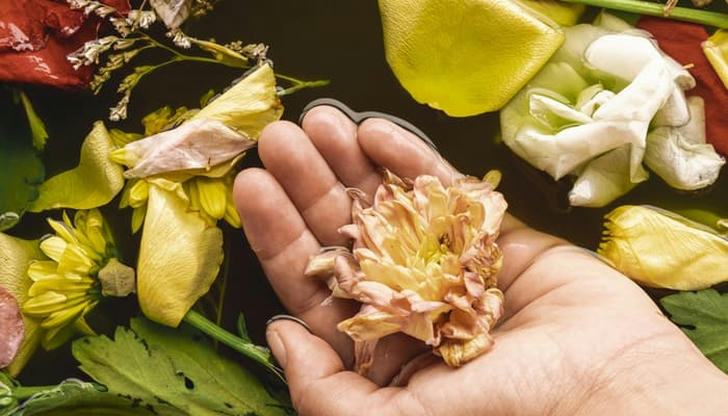
Removing faded flowers, known as deadheading, stops plants from forming seeds, thereby promoting the growth of additional blooms. By consistently deadheading bedding plants, herbaceous perennials, and roses, you can maintain their flowering from summer into autumn. Additionally, deadheading bulbs help to channel the plant's energy towards producing flowers in the next growing season instead of seed production.
8. Check the Health of Your Plants
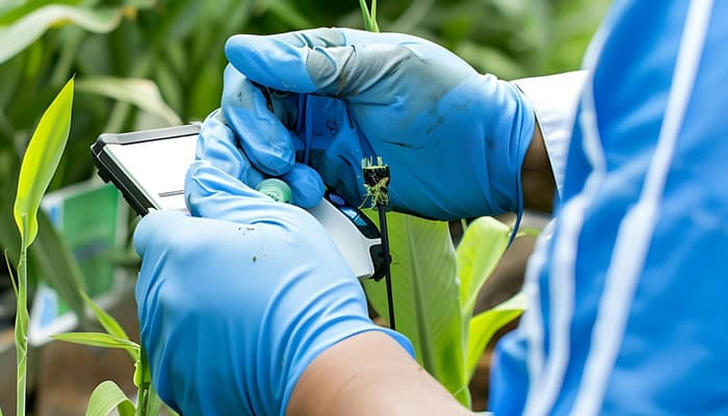
Regardless of whether you are transferring plants from nurseries or cultivating them from seeds, it is essential to thoroughly examine your garden plants to ensure they are free from pests and rot.
Introducing infected or diseased plants can jeopardize the health of your entire garden. In addition to plant diseases, harmful insects such as aphids, gnats, and whiteflies must be eradicated using suitable pesticides or other effective pest control methods.
9. Destroy the Weeds
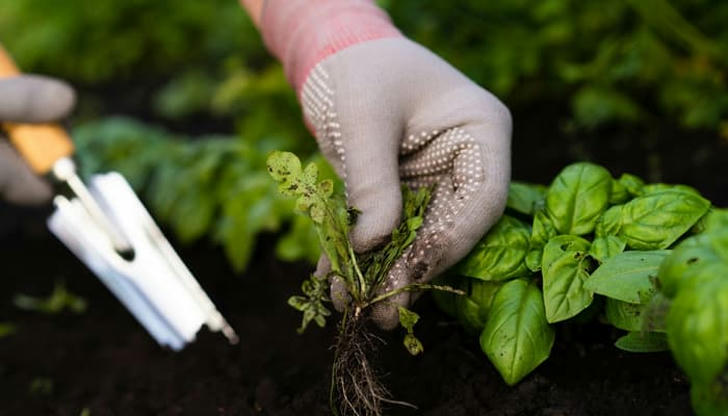
Weeds pose a significant threat to gardens. They can obstruct the roots of thriving plants, attract pests, and create an unattractive appearance. By occupying valuable space and resources, weeds hinder the growth of your plants. Therefore, regularly removing weeds from your garden is essential for maintaining its health and promoting growth.
Stake Your Plants
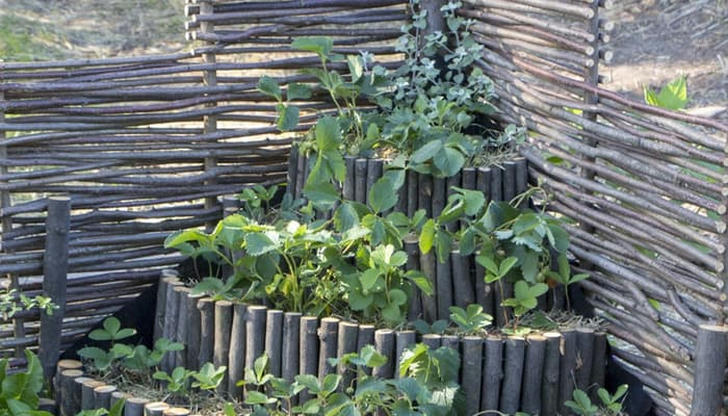
Staking refers to the process of securing sticks into the soil and attaching the stems of flowers or other garden plants to them using fabric or string (a trellis can also be utilized). By staking plants such as cucumbers, peppers, or tomatoes, you provide support to their stems, preventing them from bending or breaking, which helps maintain their upright position and overall health.
